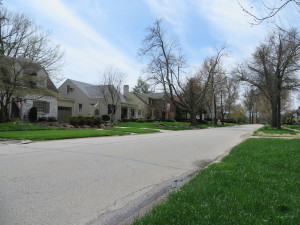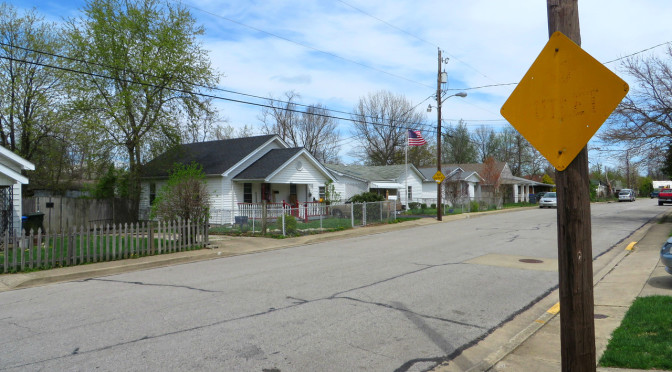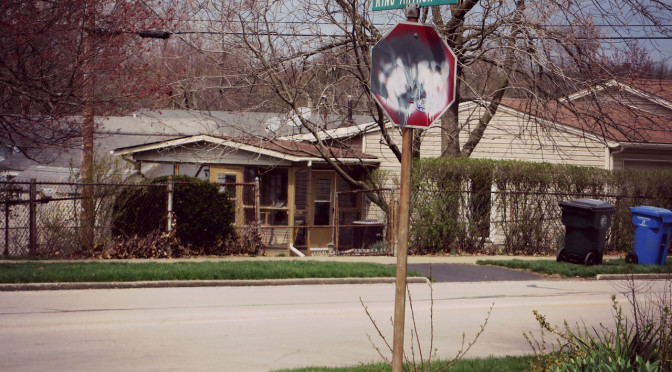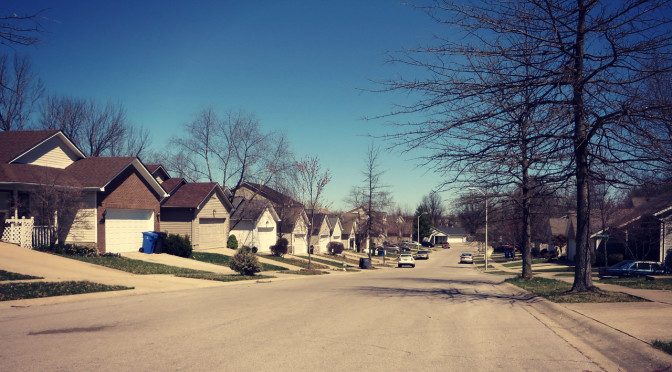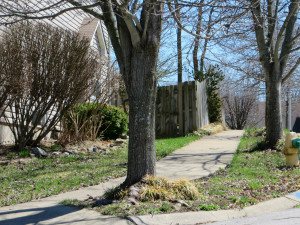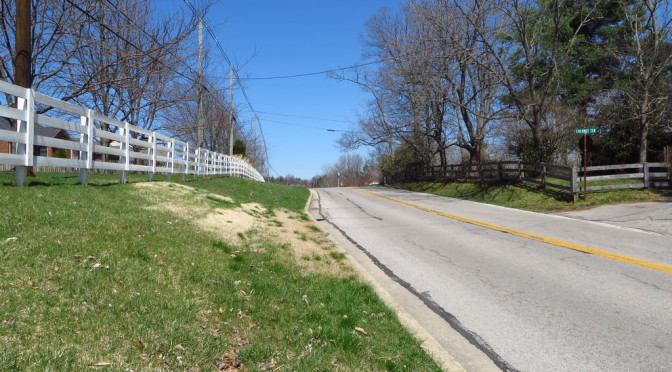[load]
This route took me back to Kenwick, this time walking lengthwise, parallel to Richmond Road, on Menifee and Monroe Avenues. In terms of typology, there’s not a lot to add. These houses are similar to those in the same areas of my previous walk down Sherman and Bassett on Day 76. The houses on the north end of the area I passed through, on Owsley and Marne, tend to be older–1920’s era, then the late 1930’s and 1940’s houses on Sherman but are similar in other ways, rounding out the diversity in housing stock that I proposed made this neighborhood so economically diverse.I like Kenwick. It’s probably my favorite neighborhood so far. Its relatively regular street network contributes to walkability and its diversity without a lot of obvious tension is unique. Neighborhoods like Kenwick provide insights that planners and developers should take into account in planning future neighborhoods. But it has its problems which should also be addressed. Block length is one. The blocks heading northeast and southwest are long–close to a quarter mile. The northwest/southeast blocks are very short, around 350 feet long. The short blocks are dominated by the sides of houses that front the longer blocks which tends to make these blocks feel more desolate. There also aren’t many destinations that are truly within walking distance. National Avenue is close but still well over half a mile from the average home in the areas I passed by. The shops in the neighborhood are small and their location within the neighborhood rather than at the interface between neighborhoods probably limits their ability to serve as more than a convenience store. And even though there is a community center with a small park, it feels like there aren’t a lot of other public spaces. The net result is to delegate walking to recreational uses, even here.
